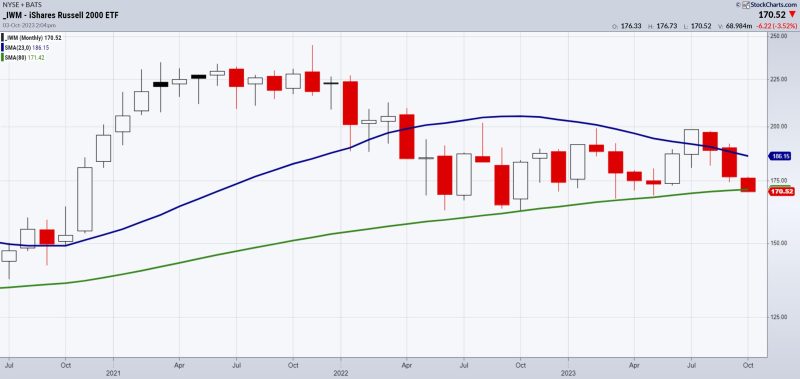The business cycle, also known as the economic cycle, is a cycle that businesses go through to drive growth and profitability. Every business experiences various changes in the market and when these changes align, they create an environment for profits. Over the past few decades, we’ve seen that business cycles have been lasting six to seven years on average.
In the beginning of a business cycle, the market is generally in its lowest state and profits are minimal. This initial stage is often referred to as the Recessionary Phase. During the Recessionary Phase, companies begin to make cuts to their costs and prioritize efficiency. Companies are often forced to rely on accumulating debt as a means of financing their operations.
As the Recessionary Phase winds down, businesses shift their focus to increasing their output in order to drive growth. This is known as the Expansionary Phase of the business cycle. During this stage, costs tend to drop, allowing businesses to take advantage of increased profitability. At the same time, businesses also focus on marketing, product development and other activities to increase the appeal of their products or services.
The third stage of the business cycle is referred to as the Peak Phase. This is the stage where profits have typically reached their highest levels. Companies often invest in facilities or launch new products during this stage to continue driving growth. However, economists caution that during the Peak Phase, businesses should remain aware of potential overspending as profits can be quickly reversed.
The fourth stage of the business cycle is the Contractionary Phase. During this stage, profits begin to fall as the market begins to contract. Companies often take this opportunity to shed expenses, reduce their operations and focus on more efficient and cost-effective ways of doing business. This is usually the toughest stage of the business cycle as companies need to remain agile and resilient in order to survive in a falling market.
The business cycle is an important factor that businesses need to consider in order to remain competitive and profitable. Understanding the various stages of the business cycle is key in being able to anticipate and capitalize on changes in the market. Knowing when to adjust operations and manage costs is an invaluable skill that can help companies stay ahead of the competition.

